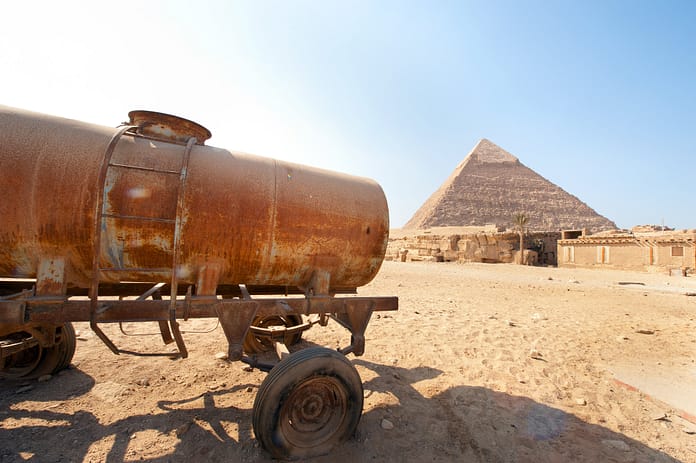By Samurdhi Ranasinghe, Senior Communications Officer, IWMI
Every year, World Wetlands Day is commemorated on February 2 to promote the conservation, wise use, and restoration of wetlands, as well as raise public awareness about the many benefits these highly productive and biologically diverse ecosystems provide.
After all, wetlands do a lot. They strengthen planetary health with their remarkable ability to function as carbon sinks to mitigate climate change while simultaneously providing a safe haven for plant and animal species. Some wetlands regulate water flow, serving as sponges that absorb excess flood water, and help improve water quality. But that’s not all. They help improve air quality by trapping and removing airborne pollutants. Wetland ecosystems also support food production, contribute to sustainable livelihoods, and some even serve as a source of traditional medicine. The recent Global Wetland Outlook estimates the global value of these wetland ecosystem services for human wellbeing to be more than USD 47 trillion annually. The list goes on.
Given the clear importance of these vital ecosystems, IWMI and our partners continue to work year in and year out to ensure wetlands are managed in a sustainable fashion. To that end, IWMI promotes the ‘wise use of wetlands,’ whereby a balance is achieved between using wetlands and conserving them, so that current and future generations can utilize wetlands both productively and sustainably.
This work is urgent. Wetlands are among the planet’s most threatened ecosystems, disappearing at a rate three times faster than forests. For hundreds of years, wetlands the world over have been significantly degraded. It is important to remember that in many places wetlands were once considered wastelands and typically “reclaimed” by draining and landfilling. Despite better understanding of their value, in some places this continues to this day. The resulting environmental cost has been steep: According to the Ramsar Convention, we lost a staggering 35 percent of our wetlands in the 50-year period spanning 1970-2020. This loss highlights the challenge of implementing the Ramsar Convention which was itself signed in 1971. While there has been increased awareness about designated Ramsar sites, clearly much more action is required to ensure wise use of all wetlands.
Today there is a growing (but still insufficient) global recognition of the many valuable services wetlands provide, and increasing public pressure to return these degraded ecosystems to an improved state of health. This year’s observance of World Wetlands Day, with its theme of “Wetlands Action for People and Nature,” is a particularly special one: 2022 marks the first year that World Wetlands Day will be observed as a United Nations international day, following its adoption by the General Assembly in August 2021.
As we step further into the United Nations Decade of Ecosystem Restorations (2021-2030), IWMI will continue to play our role in the ongoing global effort to help slow and reverse the decline of threatened wetland ecosystems. It is a long-term effort, one that will require a combination of sustained financial, human, and political investment if we are to breathe new life into our wetlands. But by promoting their continued ‘wise use,’ we can help ensure wetlands continue to play a vital and undiminished role in creating a healthier future for human societies and the natural world.
Taking a closer look at notable wetlands around the world:
[slideshow_deploy id=’47075′]















